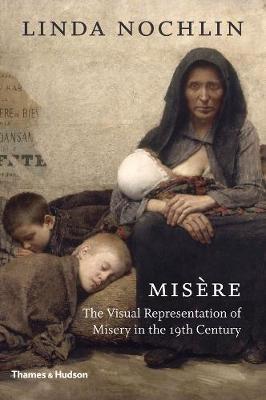Misere

Misere
PRP: 169.66 Lei
Acesta este Pretul Recomandat de Producator. Pretul de vanzare al produsului este afisat mai jos.
152.69Lei
152.69Lei
169.66 LeiIndisponibil
Descrierea produsului
Detaliile produsului

MAI SUNT 00:00:00:00
MAI SUNT
X

MAI SUNT 00:00:00:00
MAI SUNT
X

PRP: 169.66 Lei
Acesta este Pretul Recomandat de Producator. Pretul de vanzare al produsului este afisat mai jos.
152.69Lei
152.69Lei
169.66 LeiIndisponibil
Detaliile produsului
Noi suntem despre carti, si la fel este si
Newsletter-ul nostru.
Aboneaza-te la vestile literare si primesti un cupon de -10% pentru viitoarea ta comanda!
*Reducerea aplicata prin cupon nu se cumuleaza, ci se aplica reducerea cea mai mare.

